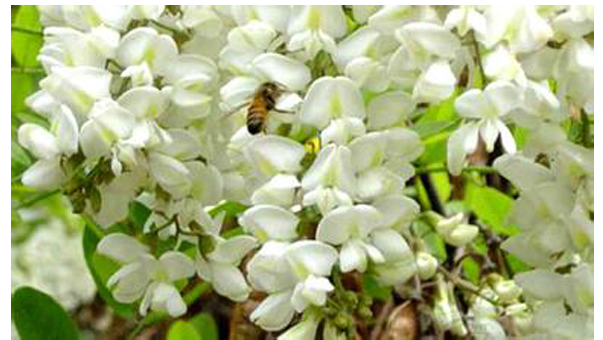13 Years Factory wholesale Quercetin Manufacturer in Dominica
13 Years Factory wholesale Quercetin Manufacturer in Dominica Detail:
[Latin Name] Sophora Japonica L
[Plant Source] from China
[Specifications] 90%-99%
[Appearance] Yellow crystalline powder
Plant Part Used:Bud
[Particle size] 80 Mesh
[Loss on drying] ≤12.0%
[Heavy Metal] ≤10PPM
[Storage] Store in cool & dry area, keep away from the direct light and heat.
[Shelf life] 24 Months
[Package] Packed in paper-drums and two plastic-bags inside.
[Net weight] 25kgs/drum
Brief Introduction
Quercetin is a plant pigment (flavonoid). It is found in many plants and foods, such as red wine, onions, green tea, apples, berries, Ginkgo biloba, St. John’s wort, American elder, and others. Buckwheat tea has a large amount of quercetin. People use quercetin as a medicine.
Quercetin is used for treating conditions of the heart and blood vessels including “hardening of the arteries” (atherosclerosis), high cholesterol, heart disease, and circulation problems. It is also used for diabetes, cataracts, hay fever, peptic ulcer, schizophrenia, inflammation, asthma, gout, viral infections, chronic fatigue syndrome (CFS), preventing cancer, and for treating chronic infections of the prostate. Quercetin is also used to increase endurance and improve athletic performance.
Main Function
1.Quercetin may expel phlegm and arrest coughing, it can also be used as anti-asthmatic.
2. Quercetin has anticancer activity, inhibits PI3-kinase activity and slightly inhibits PIP Kinase activity, reduces cancer cell growth via type II estrogen receptors.
3.Quercetin may inhibit histamine release from basophils and mast cells.
4. Quercetin may control the spread of certain viruses within the body.
5, Quercetin may help reduce tissue destruction.
6.Quercetin may also be beneficial in the treatment of dysentery, gout, and psoriasis
Product detail pictures:

Related Product Guide:
Our progress depends about the advanced products ,fantastic talents and continuously strengthened technology forces for 13 Years Factory wholesale Quercetin Manufacturer in Dominica , The product will supply to all over the world, such as: France, Ghana, Poland, Our company has already had a lot of top factories and professional technology teams in China, offering the best products, techniques and services to worldwide customers. Honesty is our principle, professional operation is our work, service is our goal, and customers' satisfaction is our future!
Isotonix OPC-3® is an isotonic-capable food supplement that is made from a combination of bilberry, grape seed, red wine and pine bark extracts, and citrus extract bioflavonoids, all found to be powerful antioxidants.
Oligomeric proanthocyanidins (OPCs) are bioflavonoids (complex organic plant compounds) found in fruits, vegetables and certain tree barks that provide exceptional nutritional benefits to the human body.
Studies have shown OPCs to be up to 20 times more powerful than vitamin C and 50 times more powerful than vitamin E in neutralizing free radicals.
nutraMetrix Isotonix OPC-3 contains the only isotonic form of Pycnogenol® in the world.
Pycnogenol is a natural plant extract from the bark of the French maritime pine tree and the most clinically researched and potent bioflavonoid.
Dressing – red pepper, soaked sunflower and pumpkin seeds, garlic, celery, olive oil, salt, mandarin, lemon juice, parsley, fennel greens and chilli of your choice or chilli powder and half of avocado – process.
serve with lettuce leaves topped with cucumber, red onion, and tomato slices.
The factory workers have rich industry knowledge and operational experience, we learned a lot in working with them,we are extremely grateful that we can encount a good company has excellent wokers.







